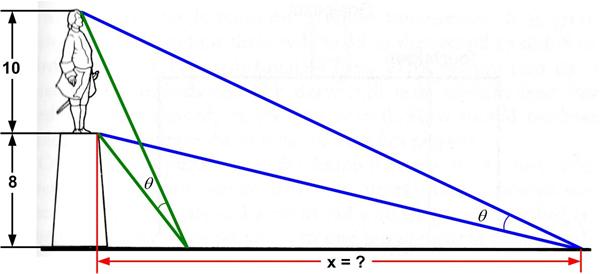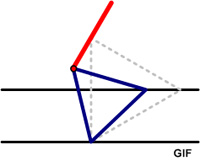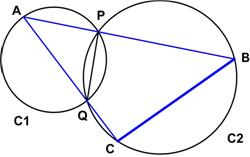 This is an old problem I had seen before. Here is David Wells’s rendition:
This is an old problem I had seen before. Here is David Wells’s rendition:
“Johannes Müller, named Regiomontanus after the Latin translation of Körnigsberg, his city of birth, later made famous by Euler, proposed this problem in 1471. … it is usually put in this form …: From what distance will a statue on a plinth appear largest to the eye [of a mouse!]? If we approach too close, the statue appears foreshortened, but from a distance it is simply small.”
I have added height numbers in feet for concreteness (as well as the mouse qualification, since the angles are measured from ground level). So the problem is to find the distance x such that the angle is maximal.
See the Regiomontanus 1471 Problem for solutions.


 This is another problem from the
This is another problem from the